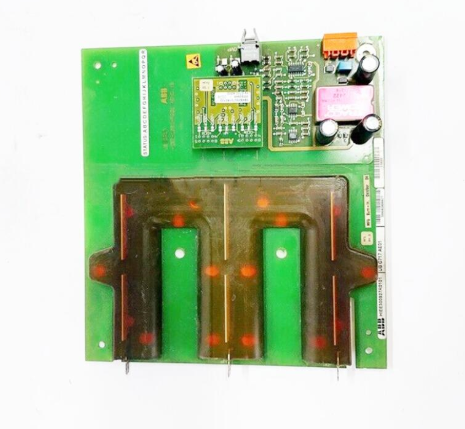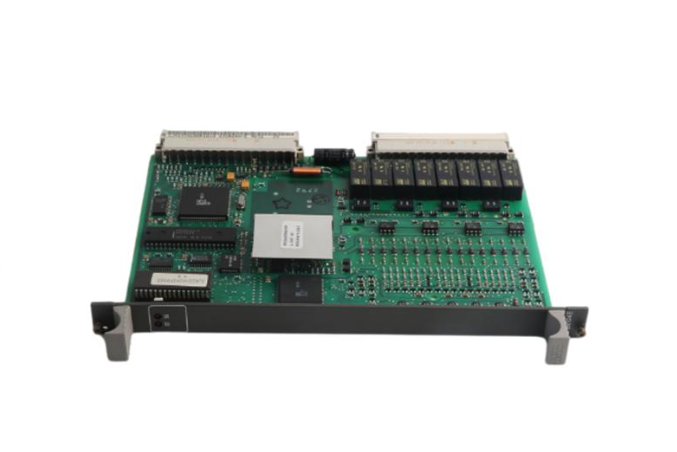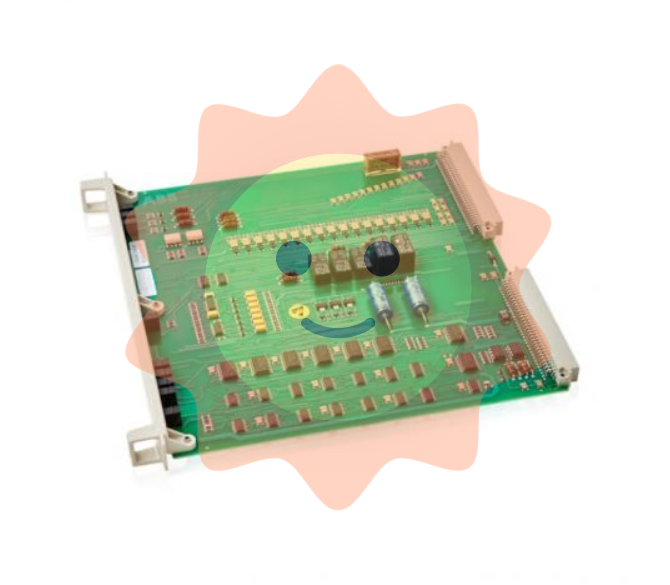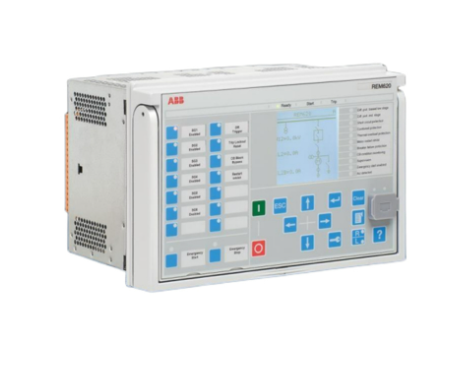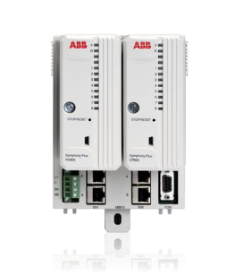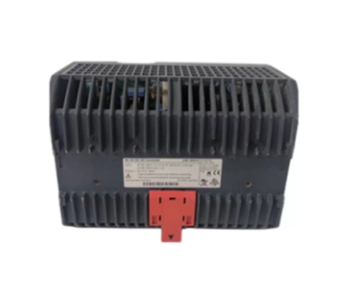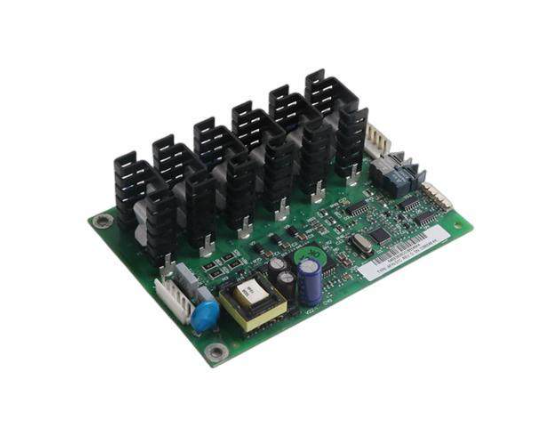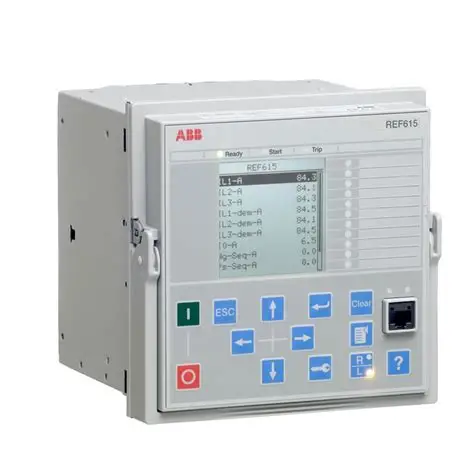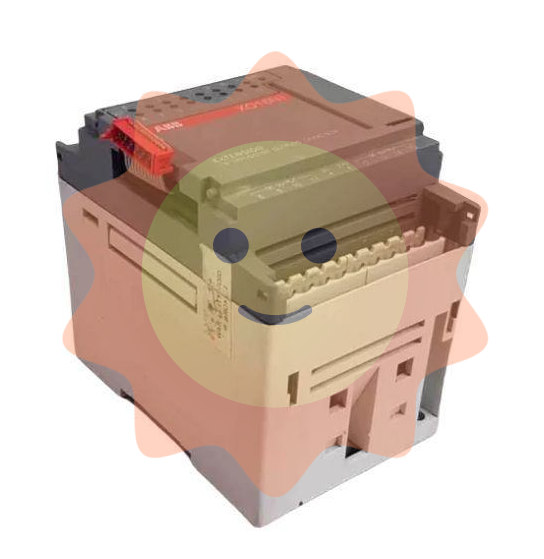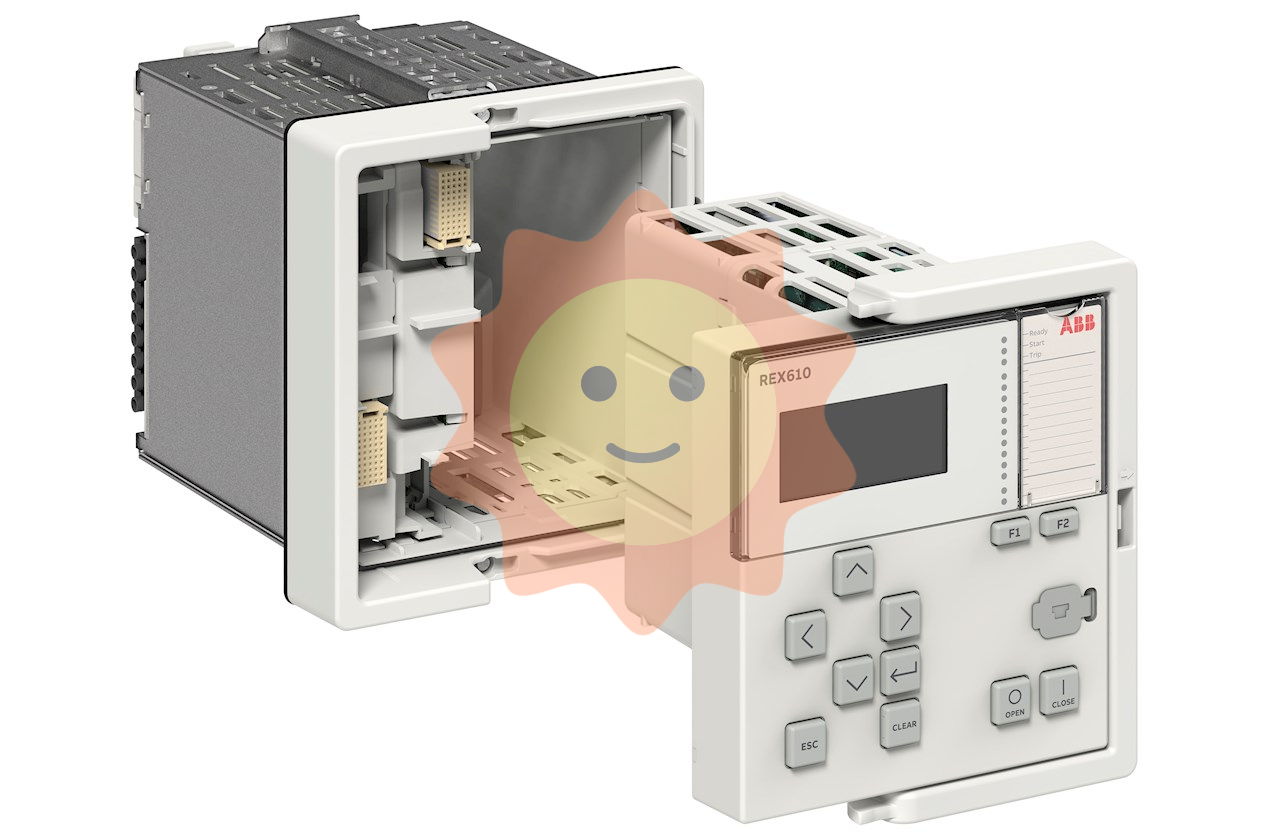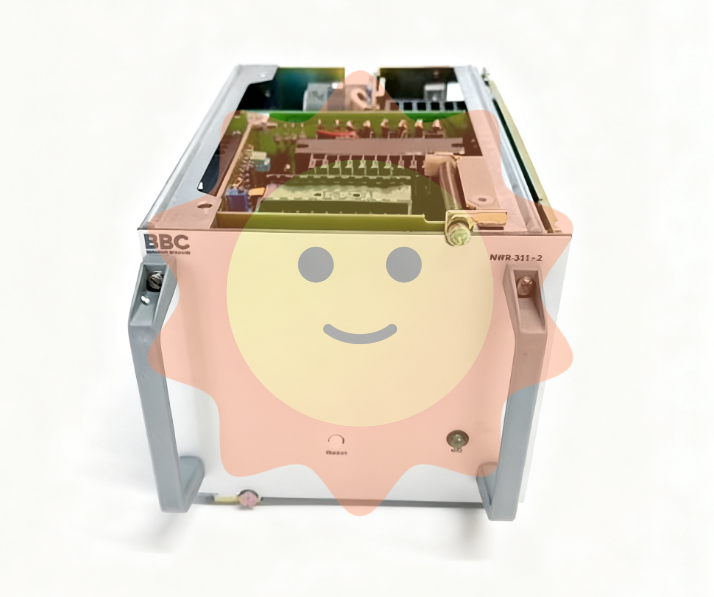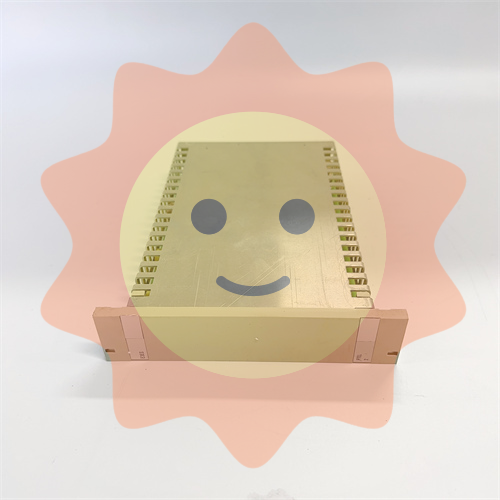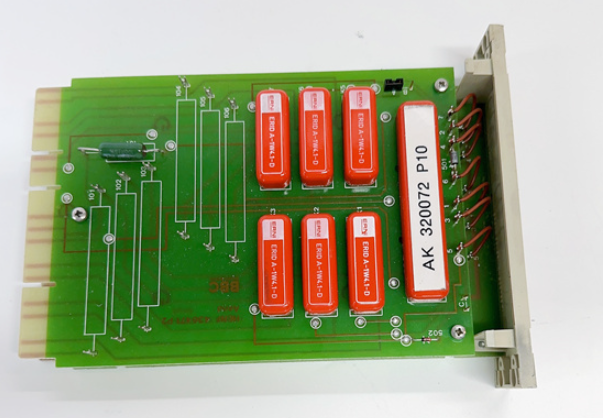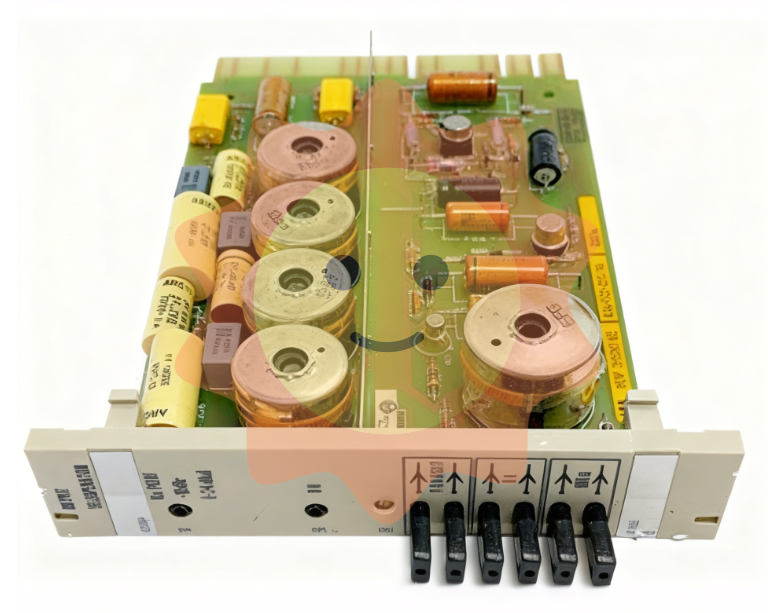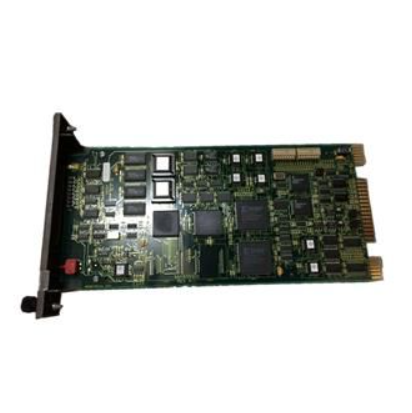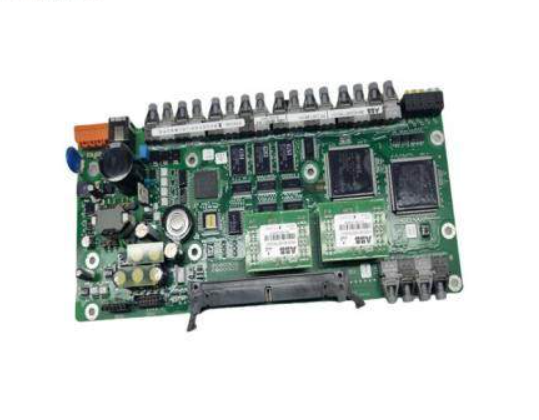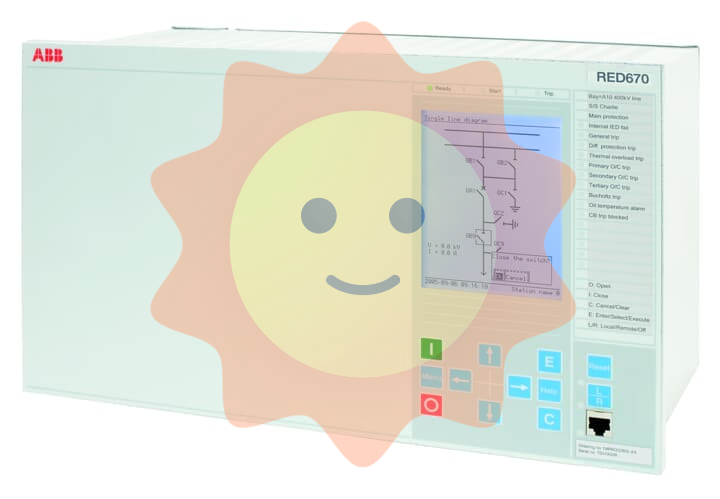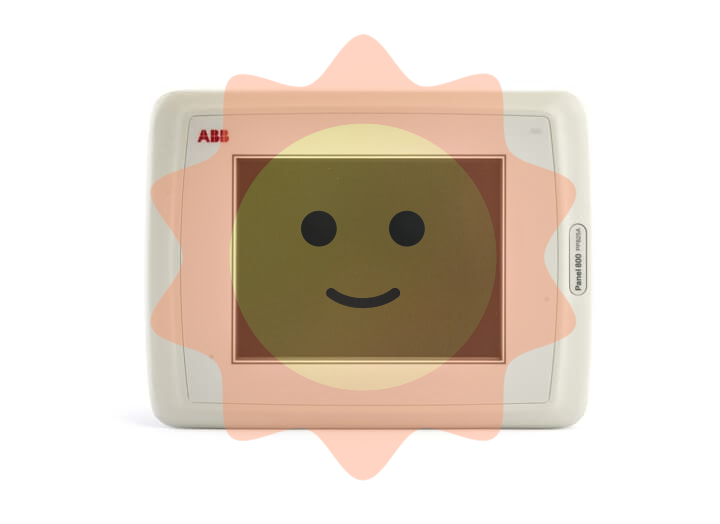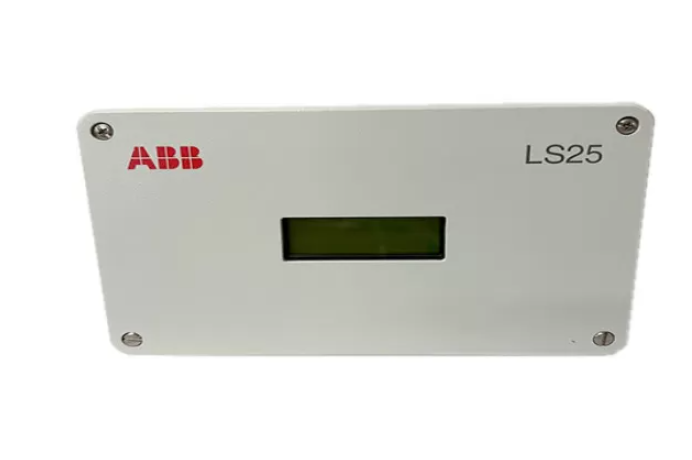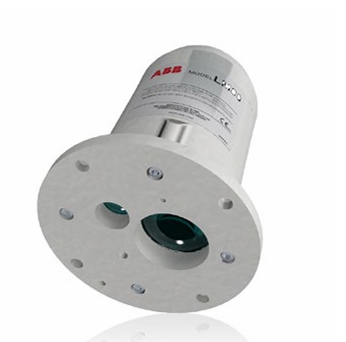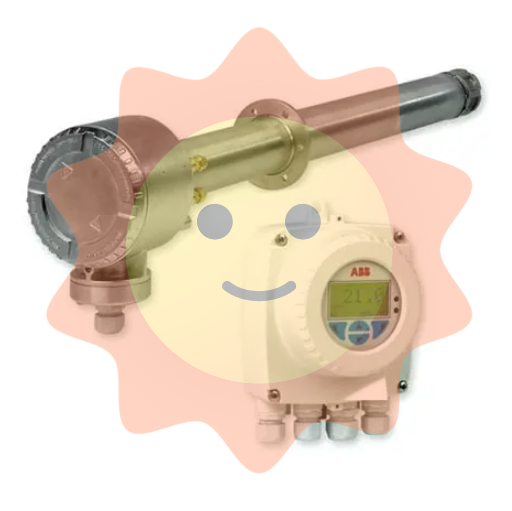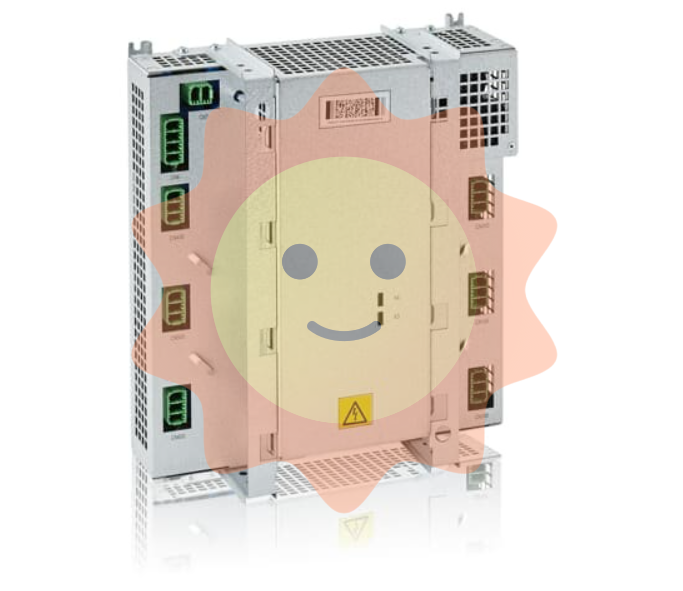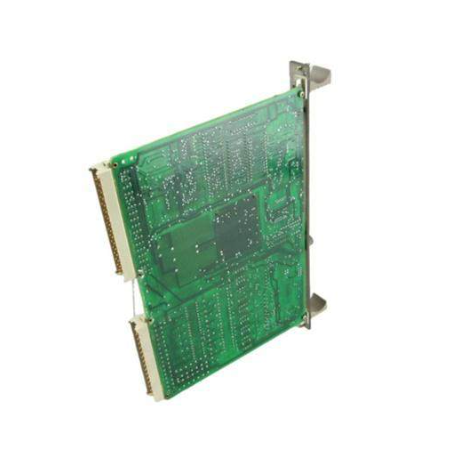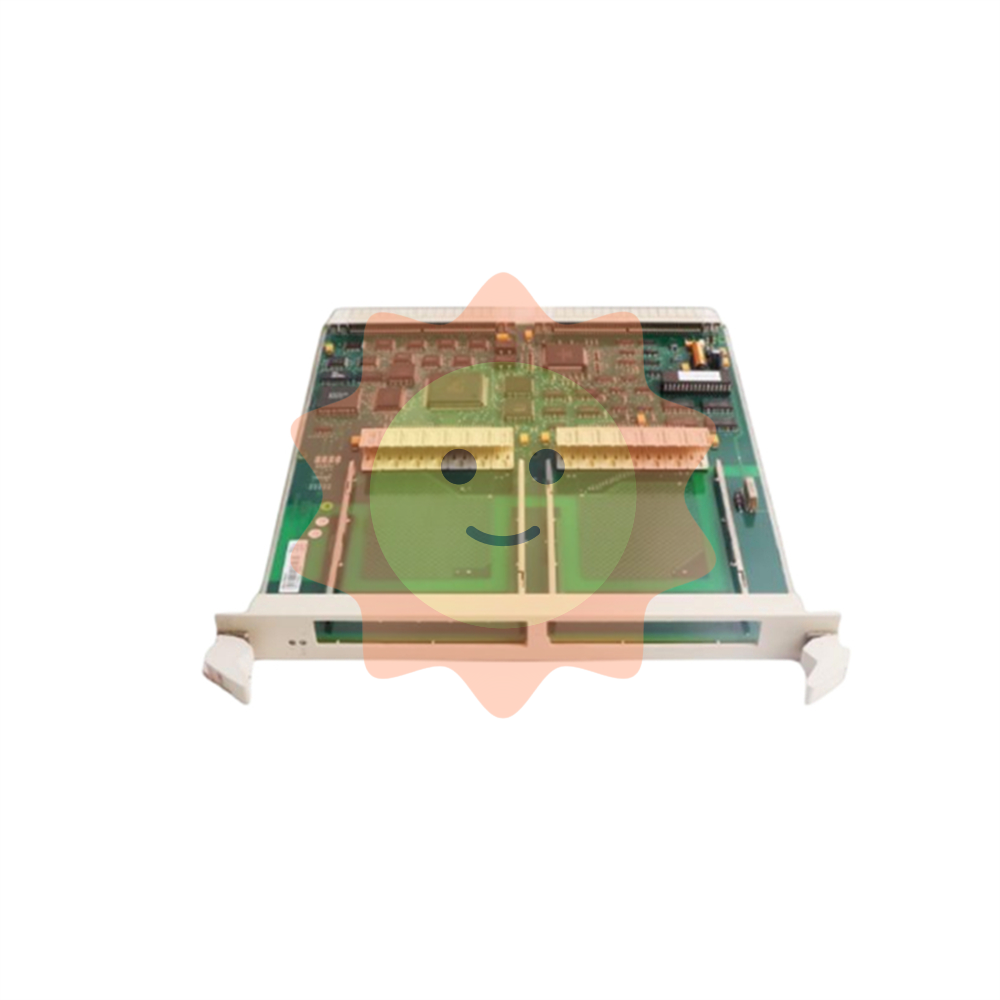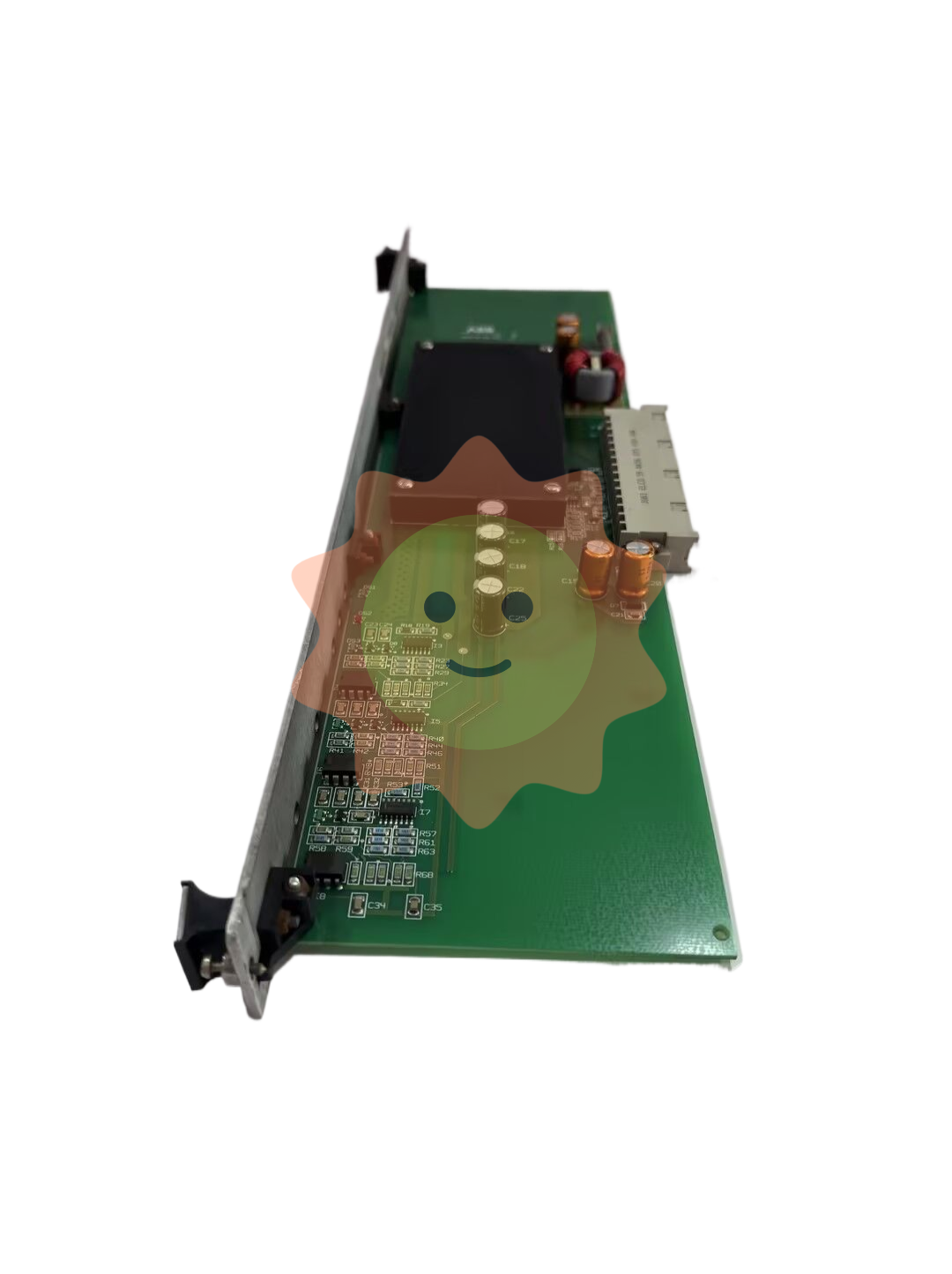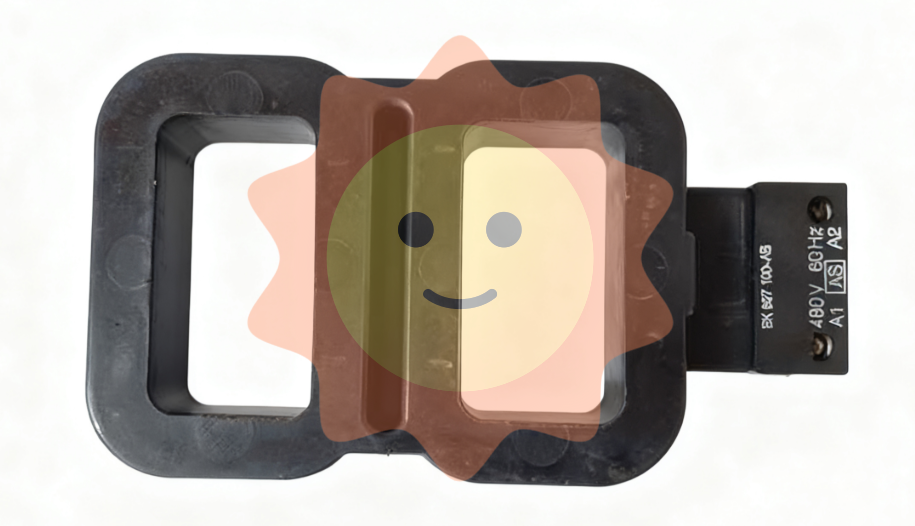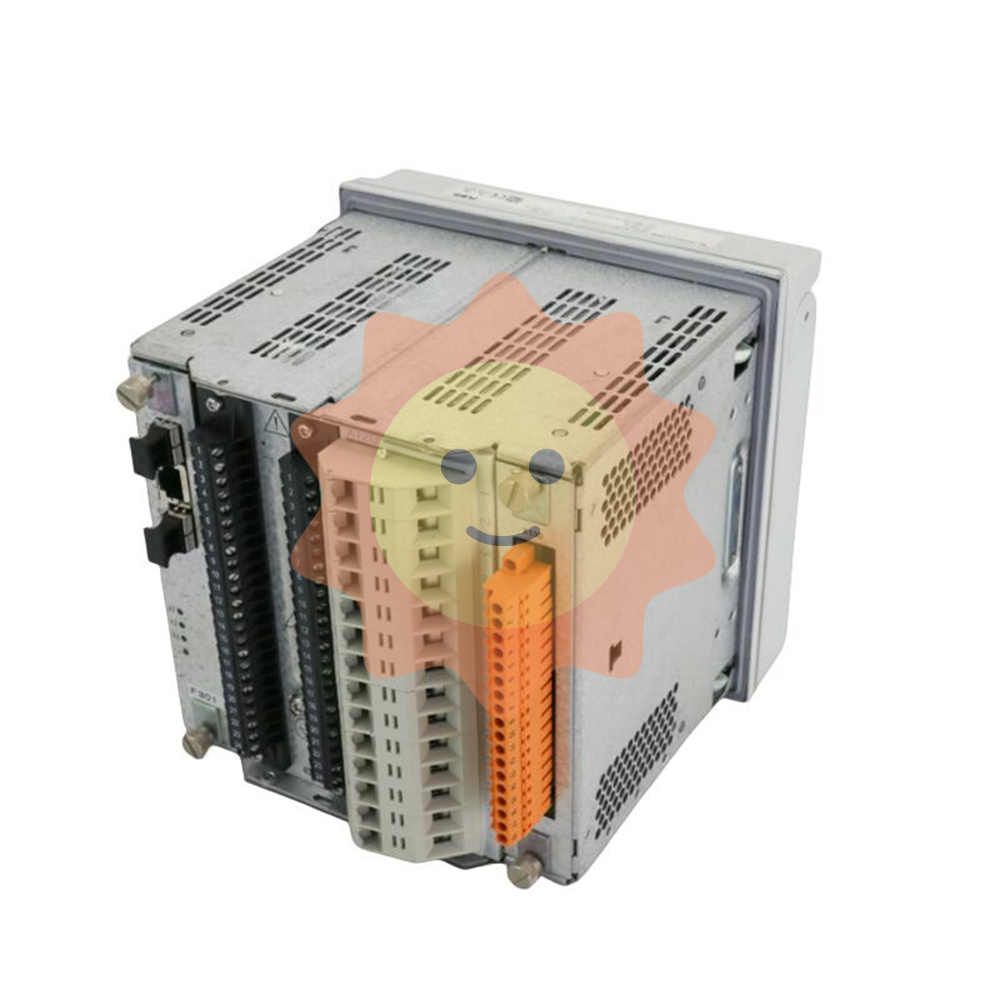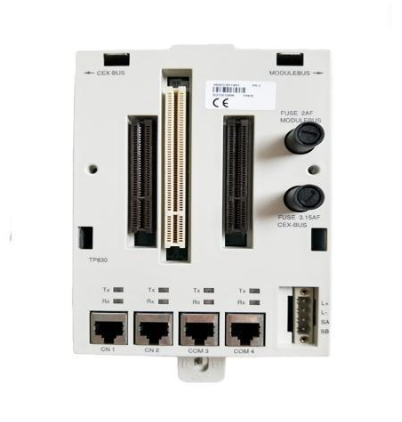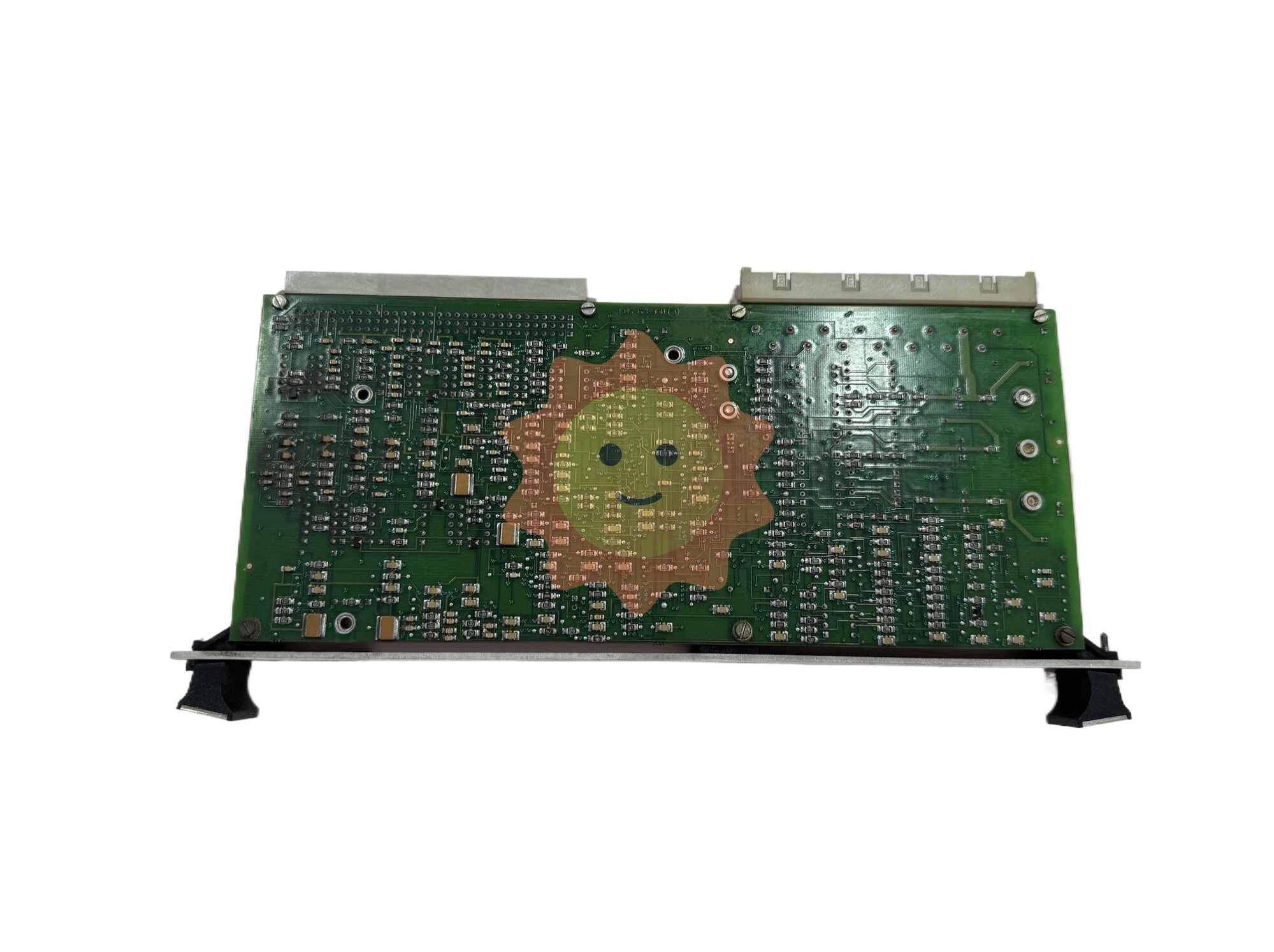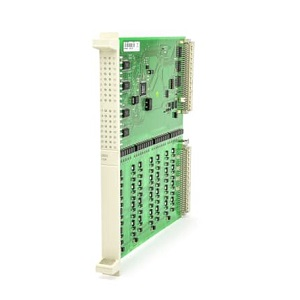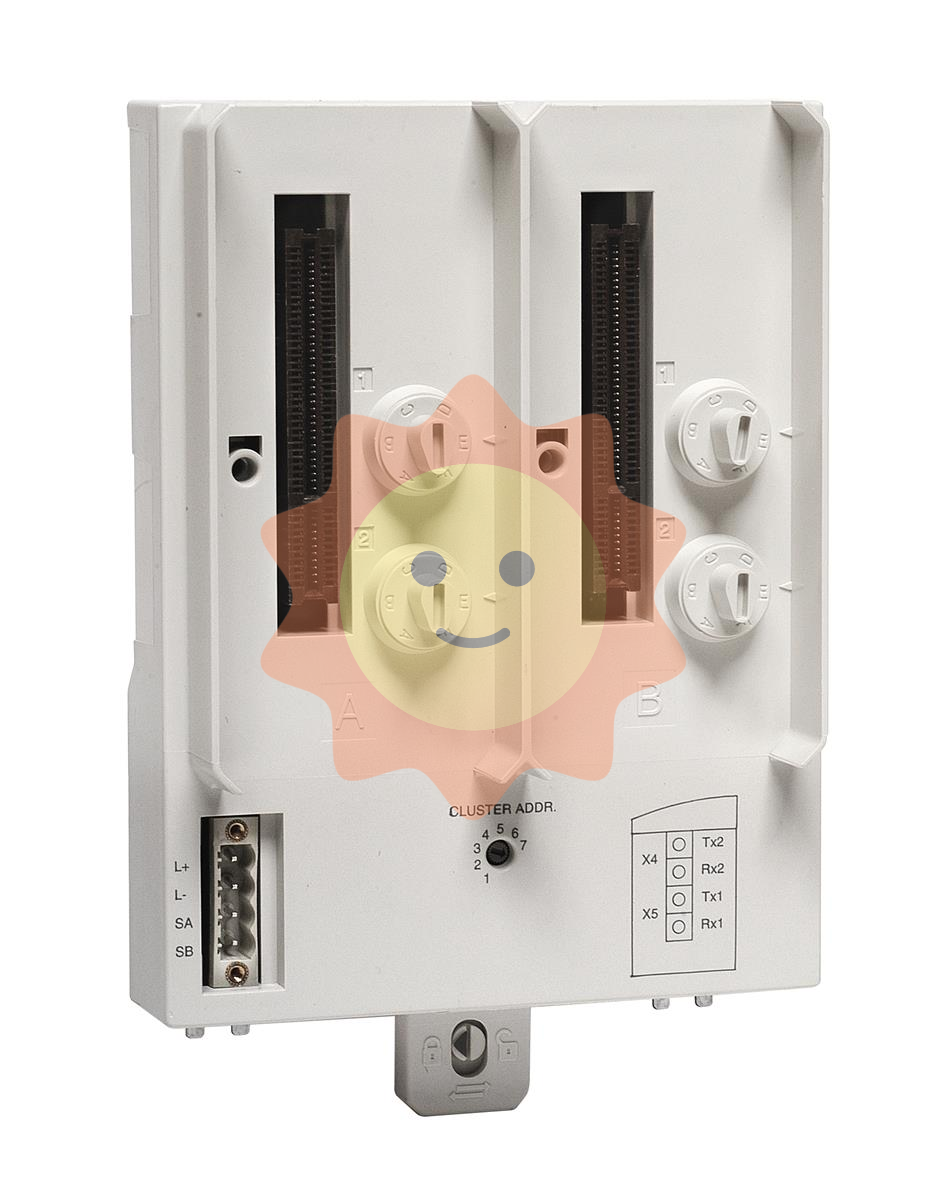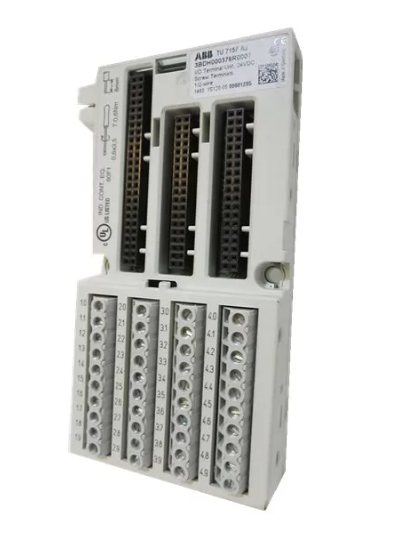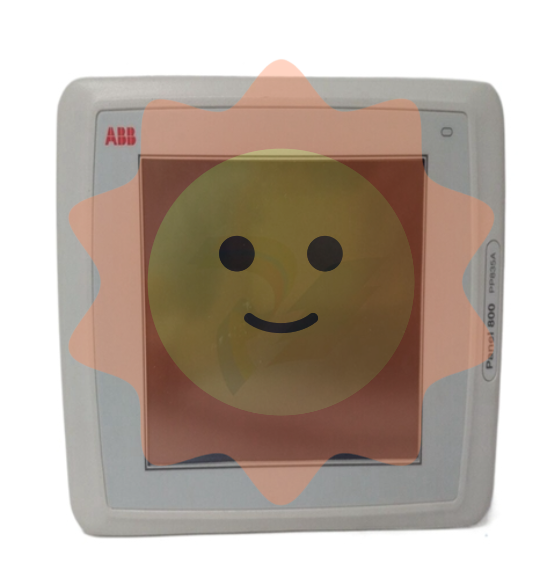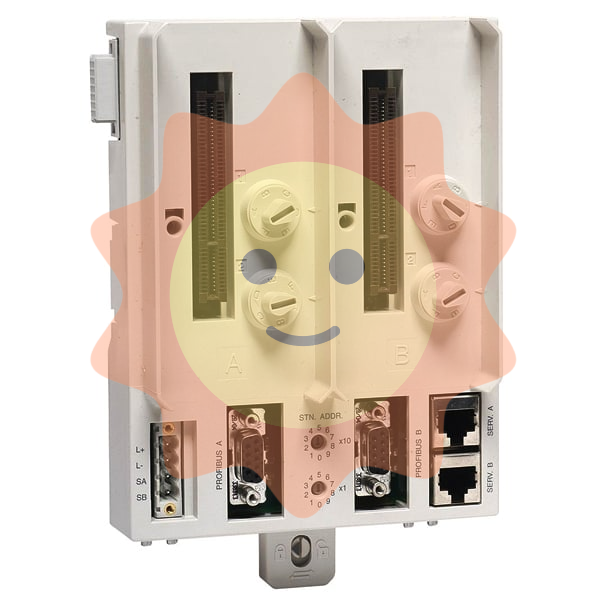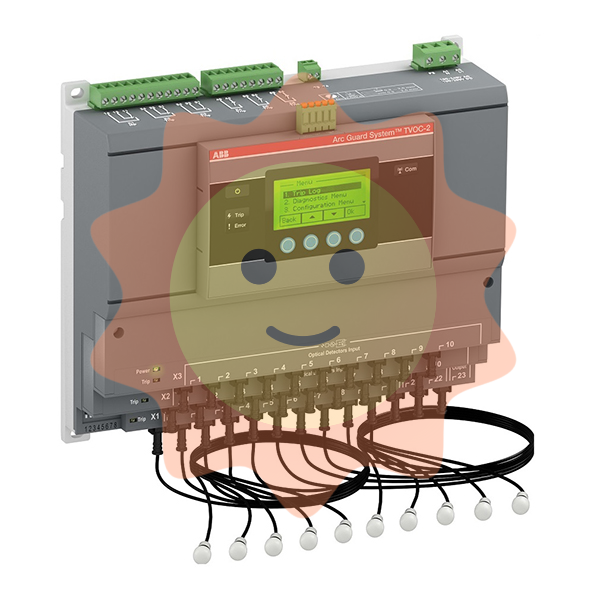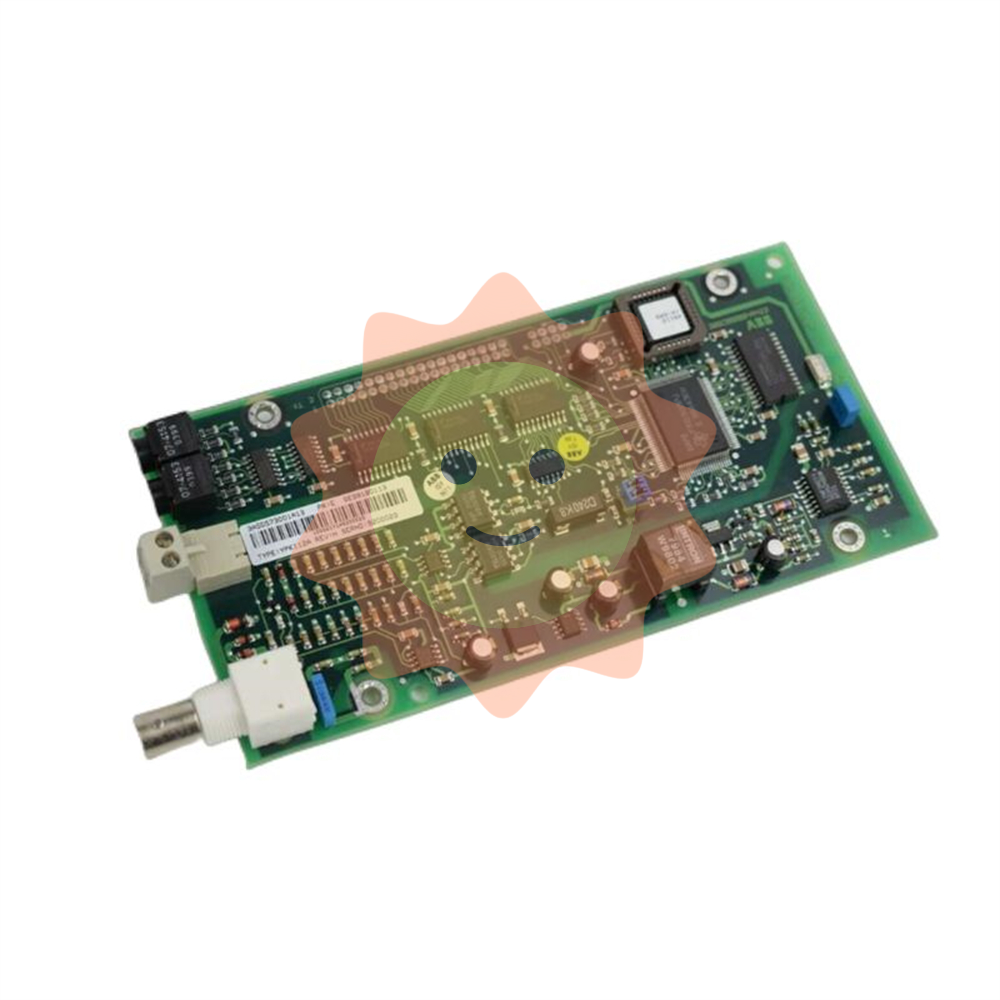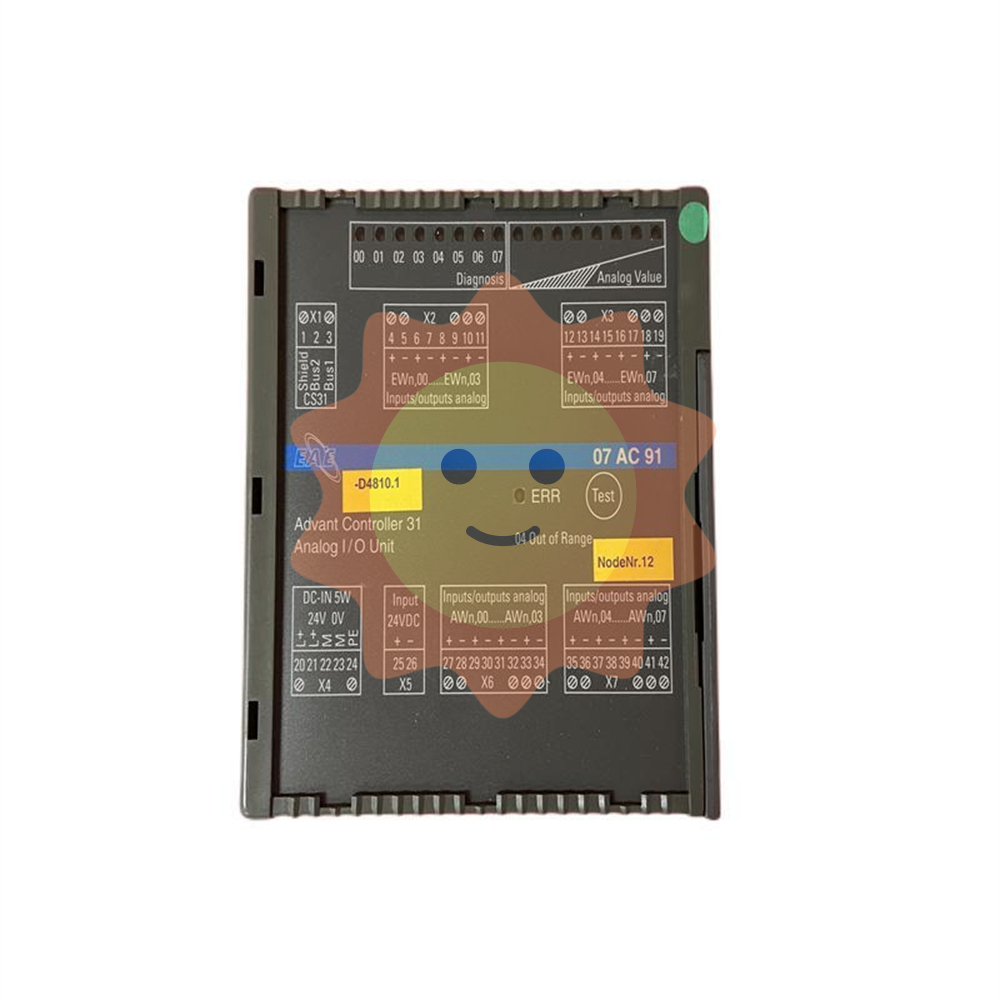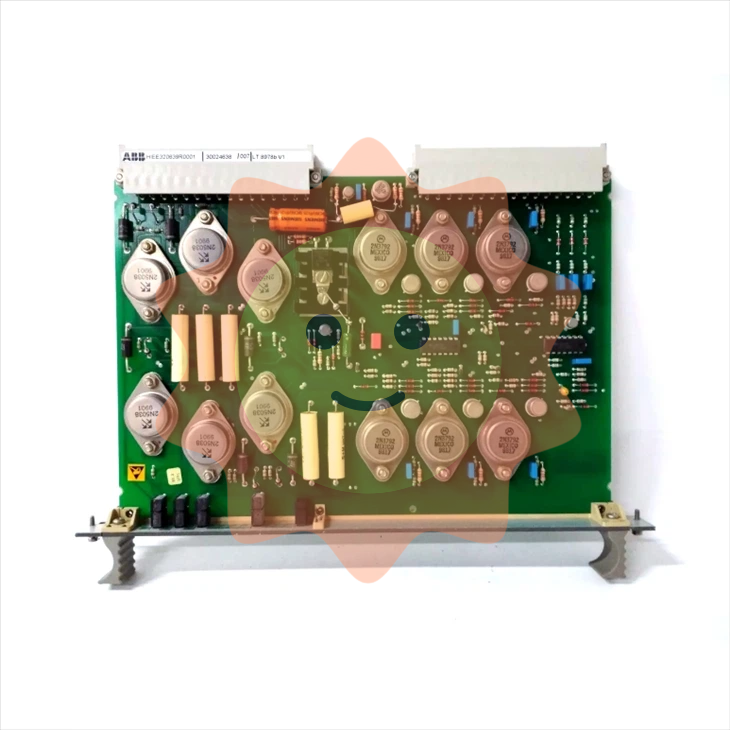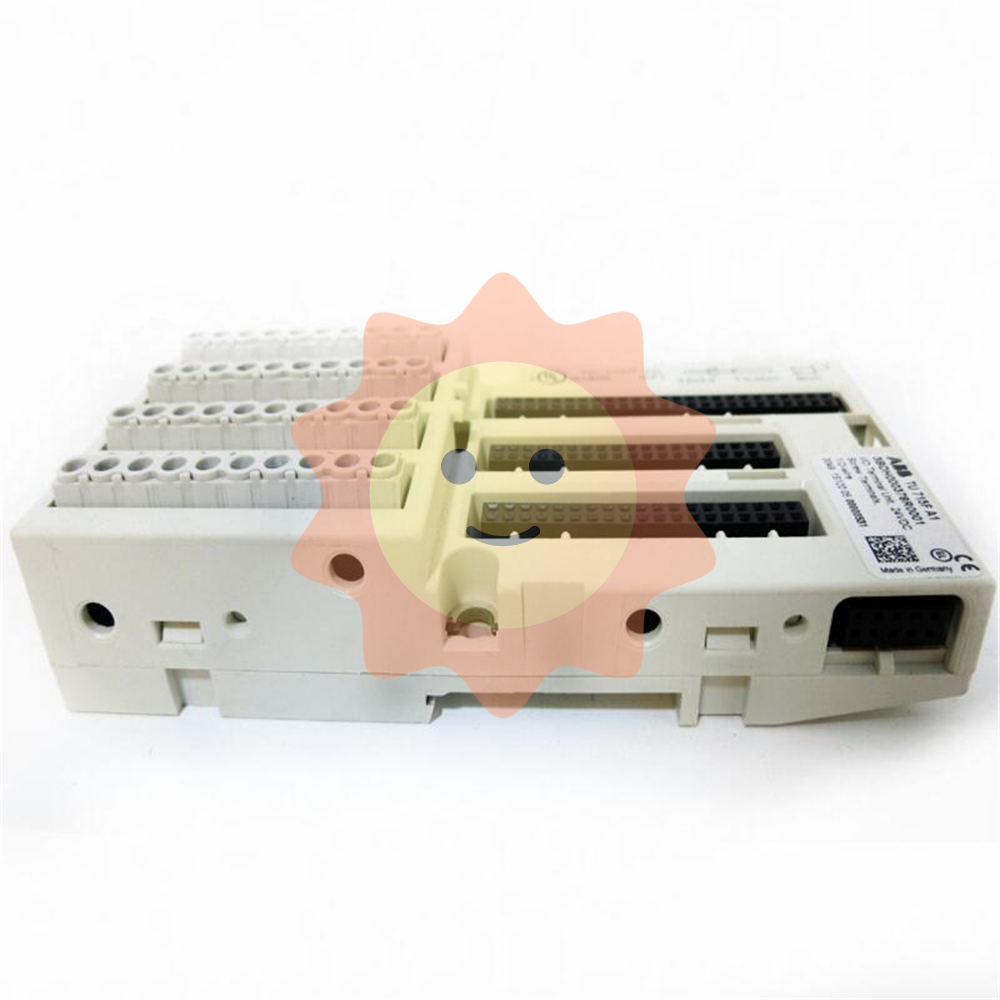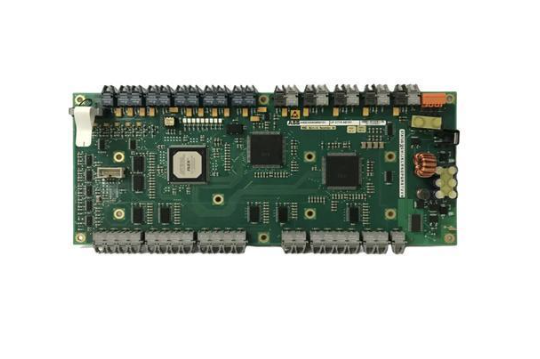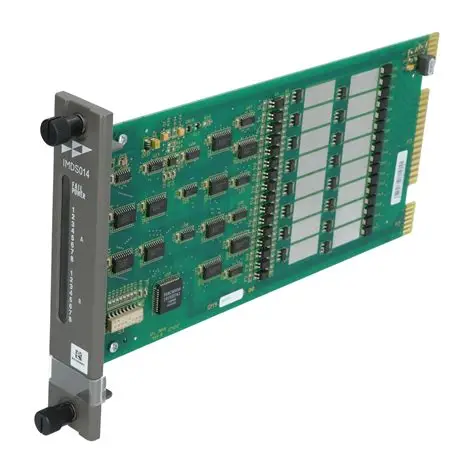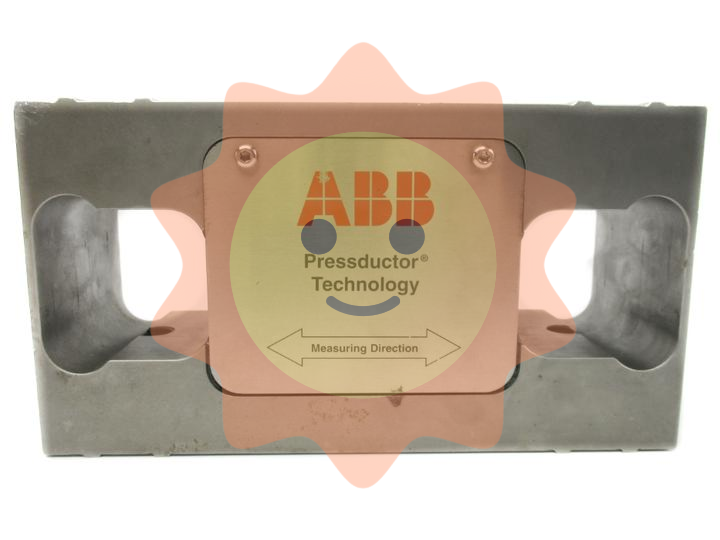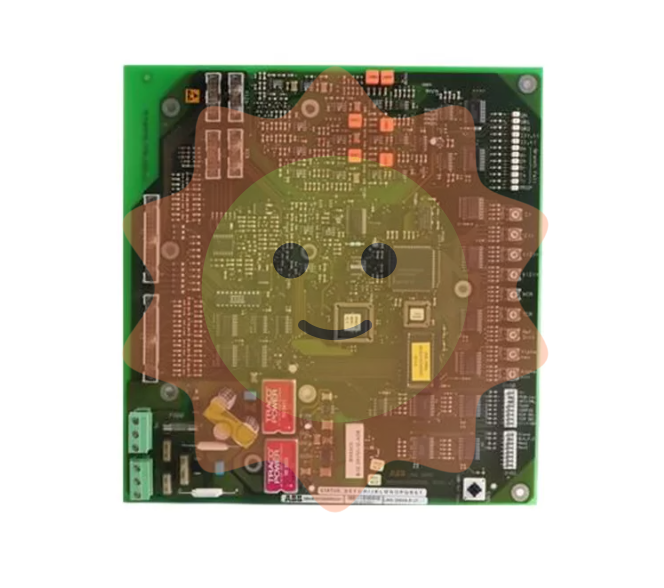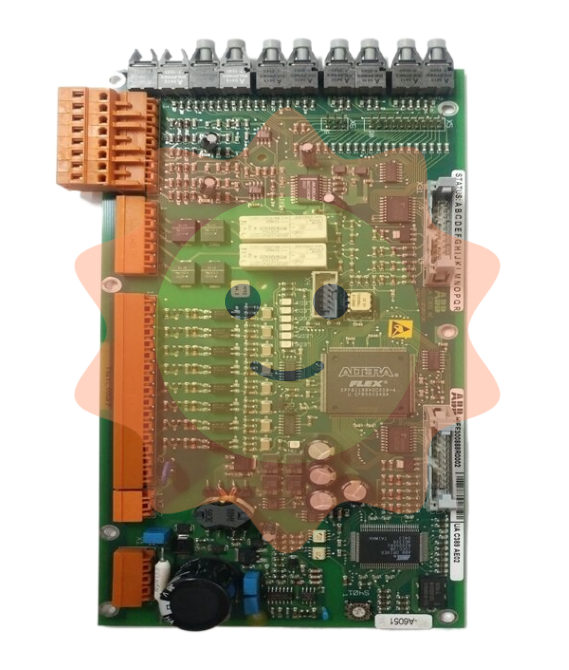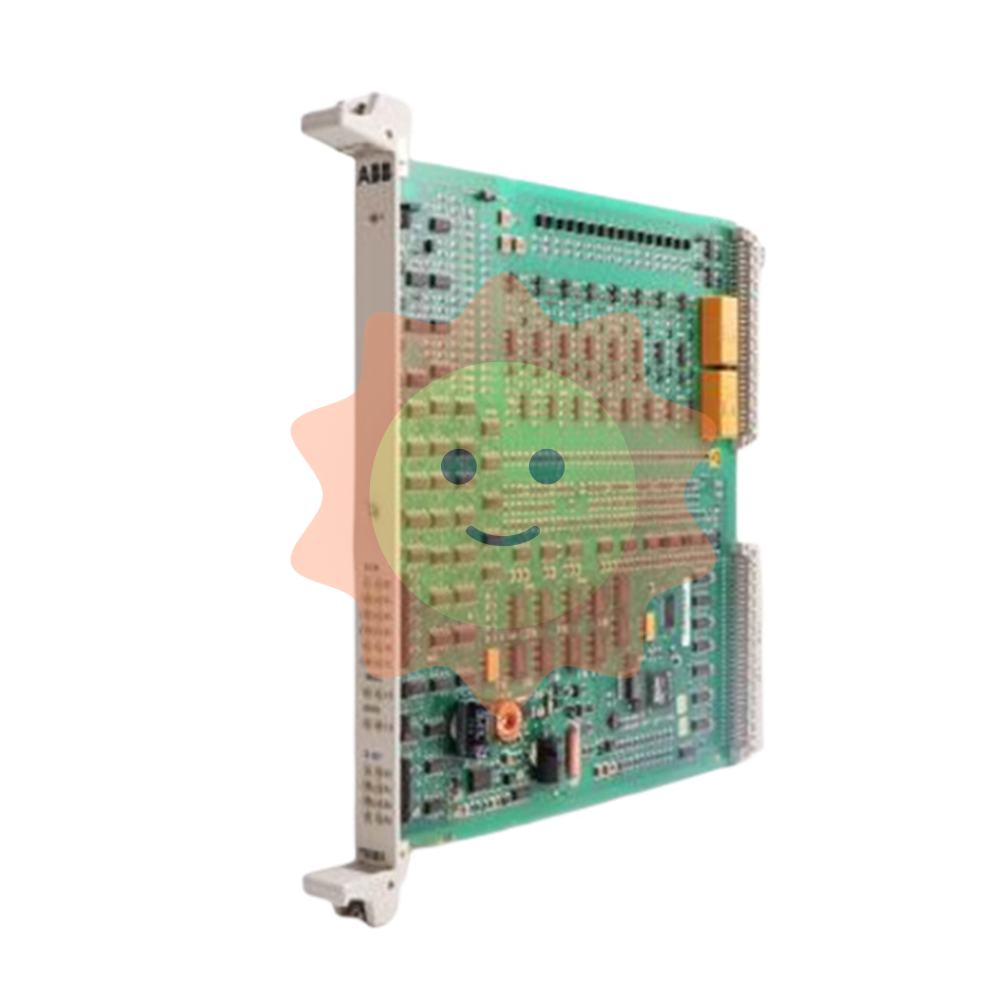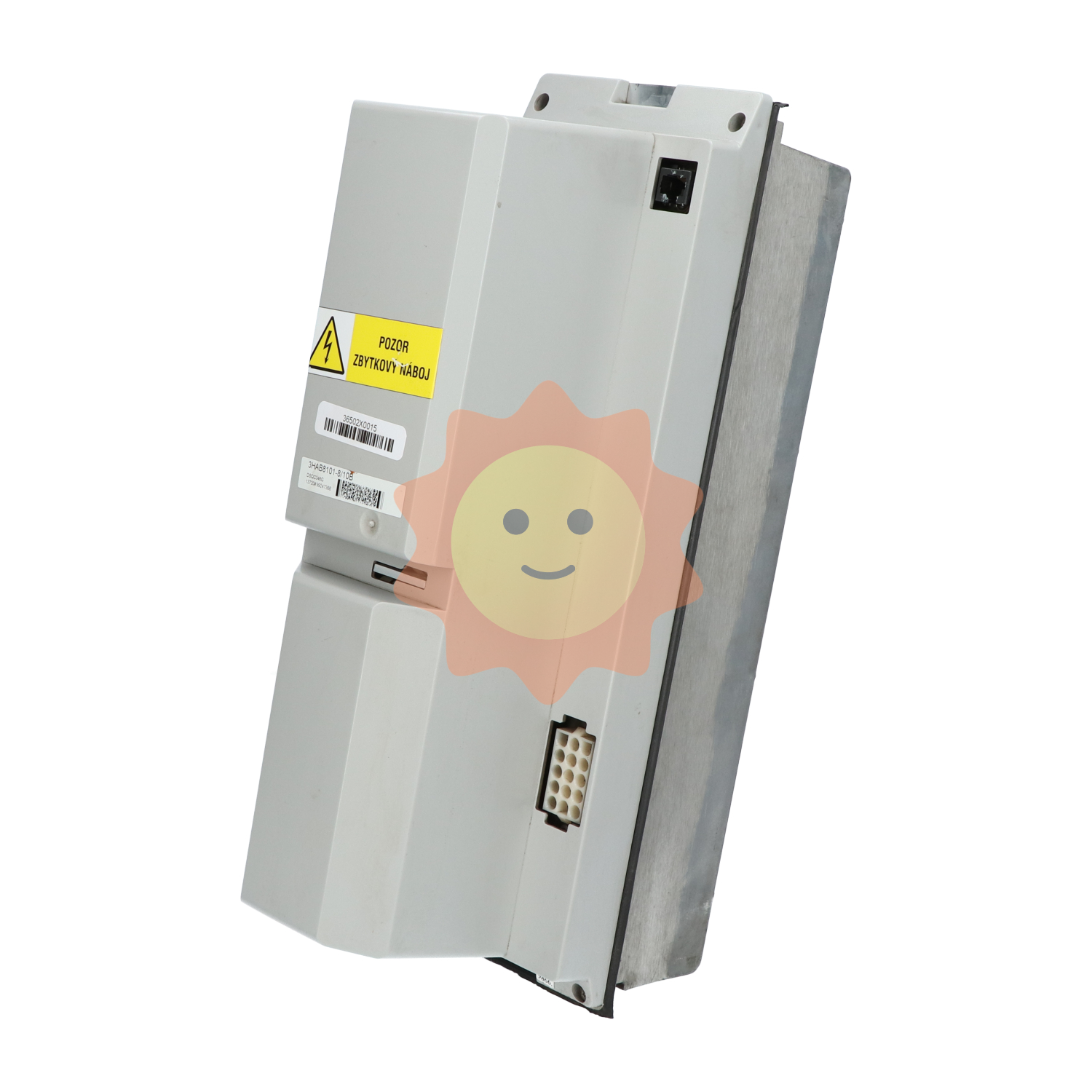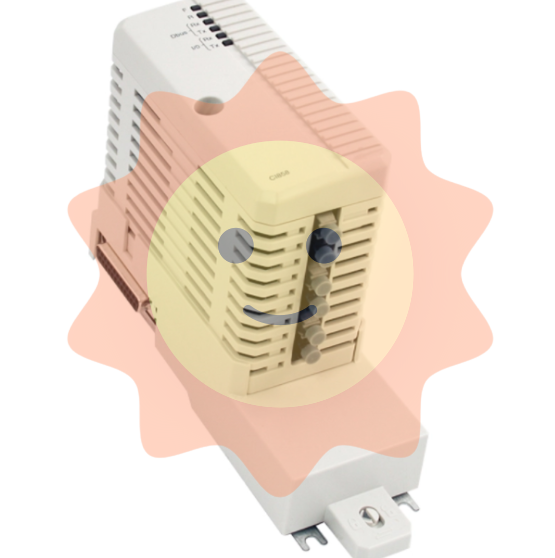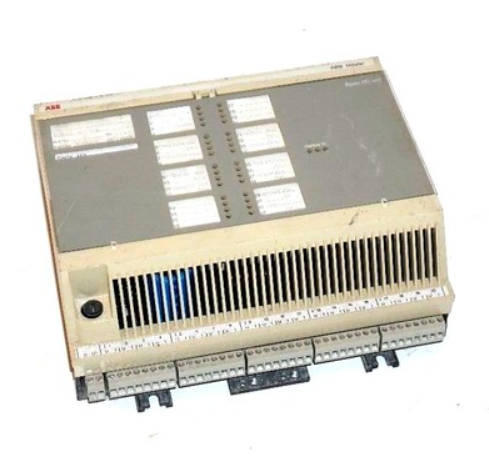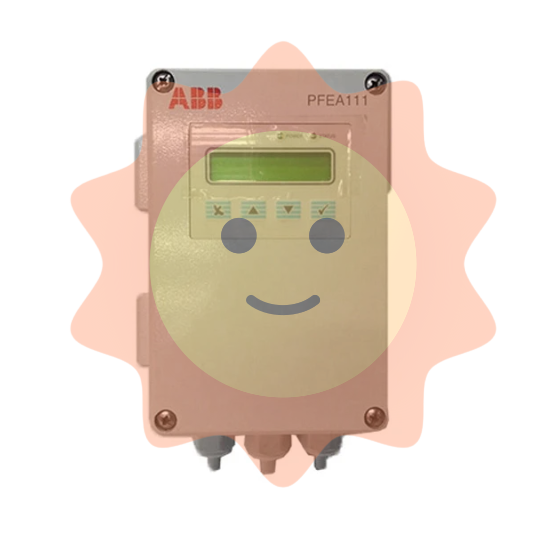MBR process for sewage treatment
Process flow
Raw water → grille → regulating tank → lifting pump → Bioreactor → circulating pump → membrane assembly → disinfection device → reclaimed water storage tank → reclaimed water system
MBR sewage treatment process description
After the sewage enters the regulating tank through the grid, it enters the bioreactor through the lifting pump, and starts the aerator through the PLC controller to oxygenate. The effluent from the bioreactor enters the membrane separation and treatment unit through the circulating pump, and the concentrated water returns to the regulating tank. After the membrane separation water is chlorinated and disinfected by rapid mixing method (sodium hypochlorite, bleaching powder, chlorine tablets), it enters the intermediate water storage tank. The backwash pump uses the treated water in the cleaning tank to backwash the membrane treatment equipment, and the backwash sewage returns to the regulating tank. The opening and closing of the lift pump are controlled by the water level in the bioreactor. Filter operation and backwash operation of the membrane unit can be controlled automatically or manually. When the membrane unit needs chemical cleaning operation, close the inlet valve and sewage circulation valve, open the drug washing valve and drug circulation valve, start the drug liquid circulation pump, and carry out chemical cleaning operation.

MBR process characteristics
The application of membrane biological treatment technology in wastewater recycling has the following characteristics:
(1) It can efficiently separate solid and liquid, separating suspended substances, colloidal substances and microbial flora lost by biological units in wastewater from purified water. The separation process is simple, the footprint is small, the effluent water quality is good, and generally it can be reused without three levels of treatment.
(2) The biomass in the biological treatment unit can be maintained at a high concentration, so that the volume load is greatly increased, while the efficiency of membrane separation, the hydraulic residence time of the treatment unit is greatly shortened, and the footprint of the bioreactor is correspondingly reduced.
(3) Because it can prevent the loss of various microbial flora, it is conducive to the growth of bacteria with slow growth rate (nitrifying bacteria, etc.), so that various metabolic processes in the system can proceed smoothly.
(4) Make the residence time of some macromolecules difficult to degrade organic matter longer, which is conducive to their decomposition.
(5) Membrane treatment technology Like other filtration separation technology, in the long-term operation process, the membrane as a filter medium plugging, the membrane through the water running time and gradually decline effective backwashing and chemical cleaning can slow the decline in membrane flux, maintain the effective service life of the MBR system.
(6) MBR technology is applied in urban sewage treatment, because of its simple process and convenient operation, automatic operation management can be achieved.
SBR process
outline
SBR wastewater treatment Process is the Sequencing Batch Reactor Activated Sludge Process, the full name is: sequencing batch reactor activated sludge process.
Referred to as (SBR-Sequencing Batch Reactor) batch activated sludge treatment process, SBR process.
It is a process of wastewater biological treatment of activated sludge based on the degradation of organic matter, ammonia nitrogen and other pollutants in sewage by suspended microorganisms under aerobic conditions. It is a sewage treatment technology that is widely recognized and adopted around the world and runs in intermittent aeration mode in time sequence to change the activated sludge growth environment.

Process flow
A typical SBR process flow is: the wastewater pretreatment through the grid enters the collection well, is lifted by the submersible sewage pump into the SBR reaction tank, and is oxygenated by the water aerator. The treated water is discharged by the drain pipe, and the remaining sludge is discharged into the sludge well after static pressure. The sludge is used as fertilizer.
Batch operation: the operation mode of time division replaces the operation mode of space division. For example, the SBR operation cycle consists of water intake time, reaction time, precipitation time, water decanting time, mud discharge time and idle time, which can be adjusted flexibly.
Calculation method:
Precipitation drainage time (Ts+D) is generally designed according to 2 ~ 4h. Idle time (Tx) is generally designed from 0.5 to 1h. Set the reaction time to (Tf). The time required for a cycle T≥Tf+Ts+D+Tx. [1]
Example of time allocation: the operation cycle is 12h, in which water intake 2h, aeration 4-8h, precipitation 2h, and drainage 1h.
Process characteristics
As an activated sludge process, the SBR process also has advantages and disadvantages of the activated sludge process, such as the advantages of the activated sludge process: strong sewage adaptability and low construction costs.
The disadvantages of activated sludge process: poor operation stability, easy to occur sludge swelling and sludge loss, separation effect is not ideal.
The SBR process also has unique features. The overall advantages and disadvantages are as follows:
advantage
The processing process is simple:
There are five stages in the process: water intake, aeration, precipitation, drainage and standby.
Intermittent aeration, unstable biochemical reaction instead of steady biochemical reaction,
Static ideal precipitation replaces traditional dynamic precipitation.
Small number of structures, low cost:
There is no need to set up a primary settling site, and there is no need to set up a secondary settling site, and the sludge return facility, regulation tank and primary settling tank can also be omitted.
Easy operation and maintenance management. The disadvantages of low efficiency and large footprint of traditional anaerobic reactor are avoided.

Simple structure
The combined construction method is beneficial to the expansion and renovation of the wastewater treatment plant.
The effluent water quality after treatment is good.
Good automatic control system, good nitrogen and phosphorus removal effect, wastewater discharge standards, several said that the average removal rate of CODCr can reach more than 94%, stronger than single-stage aerobic treatment process.
Orderly and intermittent operation on the run.
It is especially suitable for the treatment of wastewater which is difficult to biodegrade.
The problem that the acid accumulation in the hydrolysis and acidification stage of UASB and other high-efficiency anaerobic reactors is easy to inhibit the treatment efficiency of methanogenic stage is solved.
Small footprint, low energy consumption, investment, convenient operation and management
shortcoming
It relies heavily on modern automation control technology.
The degree of automation requires higher operation, management and maintenance, and the quality of operation and management personnel is required to be higher.
If manual operation is used, the aeration plate will be easily blocked due to the complicated operation of the water inlet and outlet process.
Scope of application
Small and medium-sized urban domestic sewage and industrial sewage of factories and mining enterprises, especially in places where intermittent discharge and flow change greatly.
Places that require higher water quality, such as scenic areas, lakes and harbors, not only need to remove organic matter, but also require the removal of phosphorus and nitrogen from the water to prevent eutrophication of rivers and lakes.
Where water is scarce. The SBR system can be used for physical and chemical treatment after biological treatment, and does not require additional facilities to facilitate water recycling.

Where land is tight.
The renovation of the existing continuous flow sewage treatment plant.
It is very suitable for the treatment of small water volume, intermittent discharge of industrial sewage and the treatment of dispersed point source pollution.
SBR design essentials
1. Determination of the operating cycle (T)
The operation cycle of SBR is determined by water filling time, reaction time, precipitation time, drainage time and idle time. Water filling time (tv) should have an optimal value. As mentioned above, the filling time should be determined according to the specific water quality and the aeration method used during operation. When the limited aeration method is used and the concentration of pollutants in the water is high, the water filling time should be appropriately longer. When the non-limited aeration method is used and the concentration of pollutants in the water is low, the water filling time can be appropriately shortened. The water filling time is generally 1 to 4 hours. Reaction time (tR) is a very important process design parameter to determine the volume of SBR reactor, and its value also depends on the nature of sewage during operation, the concentration of sludge in the reactor and the aeration method. For domestic sewage easily treated sewage, the reaction time can be shorter, and on the contrary, for sewage containing difficult to degrade substances or toxic substances, the reaction time can be appropriately taken longer. Generally in 2 ~ 8h. Precipitation drainage time (tS+D) is generally designed according to 2 ~ 4h. Idle time (tE) is generally designed in 2h.
One cycle takes time tC≥tR+tS+tD
Number of cycles n=24/tC
2. Calculation of reactor volume
Assuming that the amount of sewage in each series is q, the amount of sewage entering each reaction tank in each cycle is q/n·N. The volume of each reaction tank is:
V: Capacity of each reaction tank
1/m: discharge ratio
n: Number of cycles (cycles /d)
N: Number of reaction pools per series
q: Water intake per series (designed maximum daily sewage volume) (m3/d)
3. Aeration system
In the sequential batch activated sludge method, the capacity of the aeration unit should be the oxygen demand that can be supplied within the specified aeration time. In the design, the BOD per unit of inlet water is 0.5 ~ 1.5kgO2/kgBOD during high load operation and 1.5 ~ 2.5kgO2/kgBOD during low load operation.
In the sequencing batch activated sludge process, because the activated sludge is aerated and precipitated in the same reaction tank, the aeration unit must be not easily blocked, and the stirring performance of the reaction tank should be considered. Commonly used aeration systems include gas-liquid mixed injection, mechanical mixing, perforated aerator, microporous aerator, generally choose jet aeration, because it has a mixing effect in the non-aeration style, while avoiding blockage.

4. Drainage system
(1) The supernatant removal device should be able to discharge the supernatant within the set drainage time without the activated sludge floating, and the discharge methods are gravity discharge and pump discharge.
(2) In order to prevent the failure of the supernatant discharge device, an accident drainage device should be set up.
(3) In the supernatant discharge device, a mechanism to prevent scum outflow should be provided.
The sequencing batch activated sludge discharge device should discharge the supernatant separated from the activated sludge during the precipitation and drainage period, and has the following characteristics:
1) Should be able to neither disturb the settling sludge, nor make the sludge float, according to the specified flow rate discharge supernatant. (quantitative drainage)
2) In order to obtain clear treated water after separation, the water collection mechanism should be as close to the water surface as possible, and it can be drained with the water level change after the supernatant discharge. (Water level tracking performance)
3) The action of drainage and stopping drainage should be smooth, accurate, durable and reliable. (Reliability)
The structural form of the drainage device, according to the different ways of lifting, there are float type, mechanical type and fixed type without lifting.
5. Mud discharge equipment
Design sludge dry solid quantity = design sewage quantity × design influent SS concentration × sludge yield /1000
Sludge production is calculated at 1 kg per 1 kgSS inflow in high load operation (0.1 ~ 0.4 kg-bod /kg-ss·d) and 0.75 kg per 1 kgSS inflow in low load operation (0.03 ~ 0.1 kg-bod /kg-ss·d).
The sludge concentration of 2 ~ 3% can be obtained by setting a simple sludge concentration tank in the reaction tank. Because the sequencing batch activated sludge method does not have a primary sedimentation tank, it is easy to flow more debris, and the sludge pump should be a pump type that is not easy to plug.
Main parameters of SBR design
The design parameters of the sequencing batch activated sludge method must be properly determined considering the regional characteristics and design conditions of the treatment plant (land area, maintenance management, treatment water quality indicators, etc.).

The following values shall prevail in the design parameters for facility design:
Parameter number of the entry
BOD-SS load (kg-BOD/kg-ss·d) 0.03 ~ 0.4
MLSS(mg/l) 1500 ~ 5000
Discharge ratio (1/m) 1/2 ~ 1/6
Safe height ε(cm)(minimum water depth above the activated sludge interface) 50 or more
Sequencing batch activated sludge process is a process that can operate in the range of low load (equivalent to oxidation ditch method) to high load (equivalent to standard activated sludge method) depending on the organic load. The BOD-SS load of the sequencing batch activated sludge process is defined as follows because the aeration time is considered as the reaction time:
QS: Sewage intake (m3/d)
CS: Average influent BOD5(mg/l)
CA: Average MLSS concentration in aeration tank (mg/l)
V: aeration tank volume
e: aeration time ratio e=n·TA/24
n: number of cycles TA: aeration time of a cycle
The loading conditions of the sequencing batch activated sludge method are determined according to the ratio of the volume of the reaction tank to the amount of sewage water in each cycle and the number of cycles per day. In addition, in the sequencing batch activated sludge method, because the concentration of MLSS in the tank is easy to maintain a good concentration, the organic load can also be adjusted through the change of the concentration of MLSS. Furthermore, because the aeration time is easy to adjust, the organic load can also be adjusted by changing the aeration time.

In nitrogen removal and desulphurization, in addition to organic load, it is necessary to study the discharge ratio, the number of cycles, and the daily aeration time.
In facilities with limited land area, it is suitable for high-load operation and small-scale facilities with small inlet flow and large load changes, it is best to run at low load. Therefore, the effective way is to operate at low load in the early stage of production, and with the increase of water volume, it can also be operated at high load.
Characteristics under different load conditions
Organic load conditions (water inlet conditions) High load operation low load operation
Intermittent water intake Intermittent water intake, continuous
Operating conditions BOD-SS load (kg-BOD/kg-ss·d) 0.1 ~ 0.4 0.03 ~ 0.1
Number of cycles large (3 ~ 4) Small (2 ~ 3)
Discharge is smaller than big
Treatment characteristics Organic matter removal treatment water BOD<20mg/l removal rate is relatively high
Nitrogen removal is low and high
Dephosphorization high is low
How much sludge production
Maintenance management is more adaptable to load changes and more flexible in operation than low load difference
The volume of land area reaction pond is small, and the volume of provincial reaction pond is large
Scope of application can effectively treat sewage above medium scale, suitable for facilities with a treatment scale of about 2000m3/d or more suitable for small sewage treatment plants, the treatment scale of about 2000m3/d or less, suitable for facilities that do not require nitrogen removal.
- EMERSON
- Honeywell
- CTI
- Rolls-Royce
- General Electric
- Woodward
- Yaskawa
- xYCOM
- Motorola
- Siemens
- Rockwell
- ABB
- B&R
- HIMA
- Construction site
- electricity
- Automobile market
- PLC
- DCS
- Motor drivers
- VSD
- Implications
- cement
- CO2
- CEM
- methane
- Artificial intelligence
- Titanic
- Solar energy
- Hydrogen fuel cell
- Hydrogen and fuel cells
- Hydrogen and oxygen fuel cells
- tyre
- Chemical fiber
- dynamo
- corpuscle
- Pulp and paper
- printing
- fossil
- FANUC
- Food and beverage
- Life science
- Sewage treatment
- Personal care
- electricity
- boats
- infrastructure
- Automobile industry
- metallurgy
- Nuclear power generation
- Geothermal power generation
- Water and wastewater
- Infrastructure construction
- Mine hazard
- steel
- papermaking
- Natural gas industry
- Infrastructure construction
- Power and energy
- Rubber and plastic
- Renewable energy
- pharmacy
- mining
- Plastic industry
- Schneider
- Kongsberg
- NI
- Wind energy
- International petroleum
- International new energy network
- gas
- WATLOW
- ProSoft
- SEW
- wind
- ADVANCED
- Reliance
- YOKOGAWA
- TRICONEX
- FOXBORO
- METSO
- MAN
- Advantest
- ADVANCED
- ALSTOM
- Control Wave
- AB
- AMAT
- STUDER
- KONGSBERG
- MOTOROLA
- DANAHER MOTION
- Bently
- Galil
- EATON
- MOLEX
- Triconex
- DEIF
- B&W
- ZYGO
- Aerotech
- DANFOSS
- KOLLMORGEN
- Beijer
- Endress+Hauser
- MOOG
- KB
- Moxa
- Rexroth


Email:wang@kongjiangauto.com

